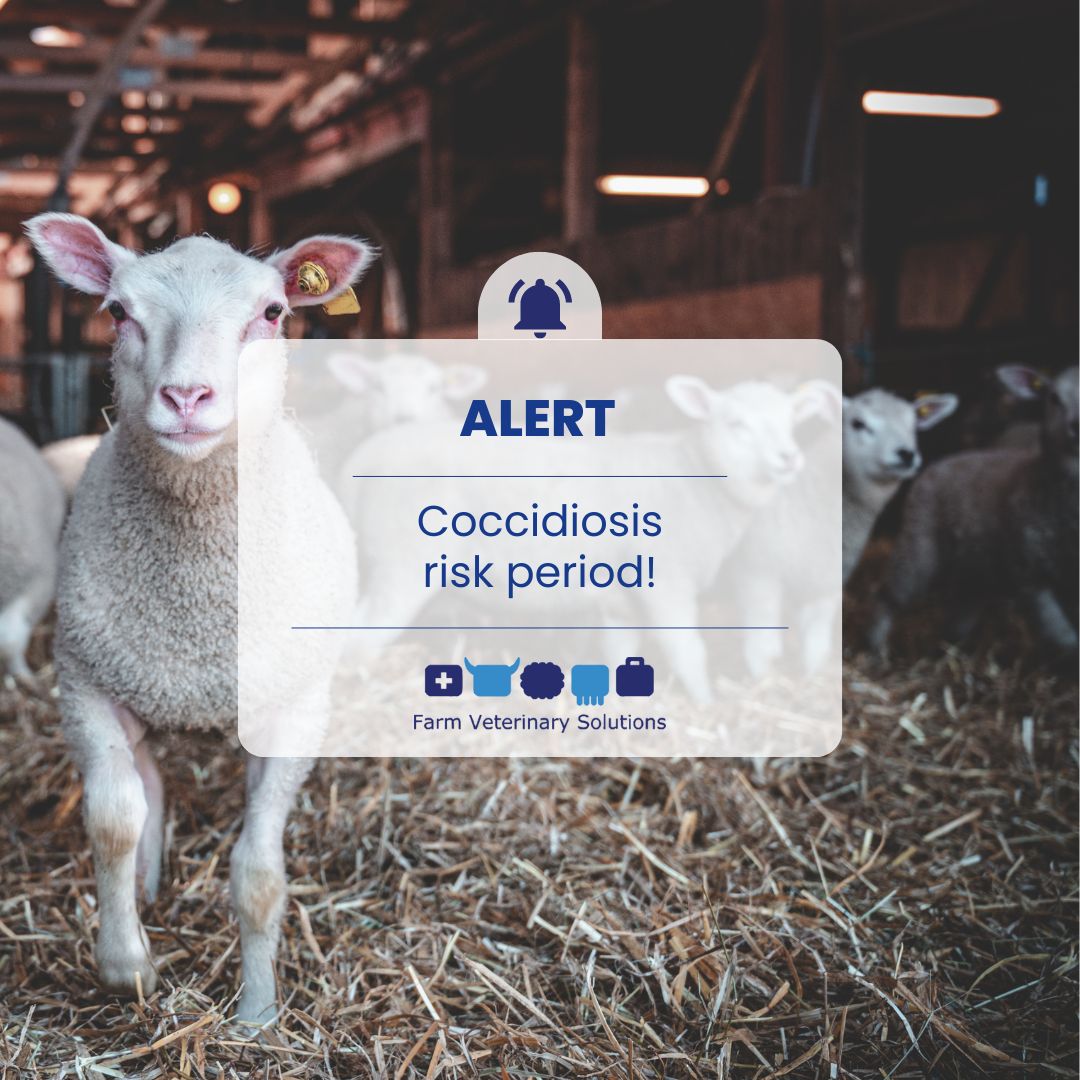Within the practice we are currently seeing an increasing number of cases of coccidiosis. This time of year sees high numbers of young lambs, often in intensive situations - a prime environment for Coccidia.
Coccidiosis remains one of the most commercially import diseases of young lambs. As the lambing season progresses and the number of susceptible lambs on farm increases, coccidiosis can appear, sometimes as an explosive outbreak. Infections usually occur between 3 and 12 weeks of age, sometimes older. It causes not only damaging clinical signs - including bloody scours and weight loss - but also sub-clinical disease leading to significant economic losses through poor weight gain. Measures must be in place to avoid environmental build-up of the disease. In order to protect the lamb crop, management measures can be implemented as well as the possible use of treatments to prevent clinical signs and reduce the numbers of coccidia eggs (oocysts).
Outbreaks of coccidiosis can be complex and multifactorial. The health status of the lambs, concurrent disease and environmental factors all play a significant role. Tackling these other factors are as important as the treatment itself. It is important that the whole picture is understood as well as forward health planning as the timing of any treatment is critical. Prevention is key to stopping the severe economic losses associated with coccidiosis, so please seek the advice of one of our team.


